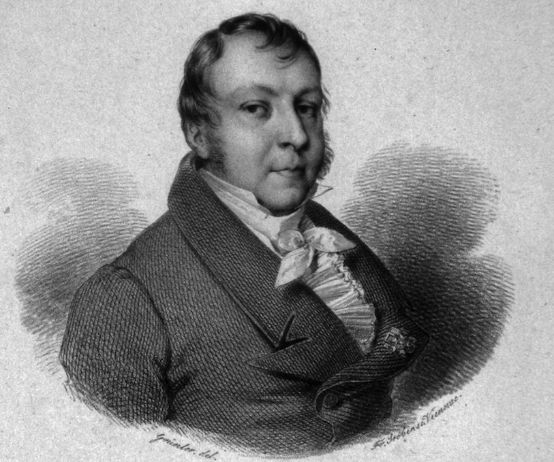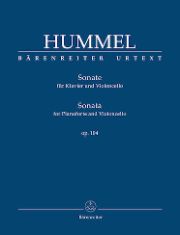Early Romantic Sonata
Johann Nepomuk Hummel's lyrical work for cello already hints at Romanticism.

At first glance, the repertoire of chamber music works for piano and violoncello from the late Viennese Classical and early Romantic eras does not seem all that extensive. Ludwig van Beethoven's five great sonatas and the three variation cycles tower above and, with their disproportionate presence, eclipse perfectly valid compositions by Franz Xaver Mozart, Bernhard Romberg, Josef Woelfl and Franz Danzi.
The same fate is also shared by the Grande Sonate pour le Pianoforte et Violoncelle in A major op. 104 by Johann Nepomuk Hummel (1778-1837). The work is dedicated to Maria Pavlovna, the wife of Duke Carl Friedrich of Weimar, in whose service the composer was Kapellmeister from 1819 until his death in 1837. Hummel himself played the work in Paris and Vienna.
The extensive three-movement work is thoroughly lyrical in character. The cantabile and harmonies of the 2nd movement (Romanza) are reminiscent of the early Romantic era.
The Urtext edition supervised by Mark Kroll sets the same standards as the new editions of Beethoven's cello works published by Bärenreiter. It is based on the autograph and prints published during the composer's lifetime. The extensive preface and critical report provide a competent insight into the problems of performance practice and the contradictions of the sources.
Johann Nepomuk Hummel, Sonata for Piano and Violoncello op. 104, Urtext edited by Mark Kroll, BA 10904, € 11.95, Bärenreiter, Kassel 2015









